Thyroxine Binding Globulin (TBG)
(Specimen Container)
SST (Tiger Top)
(Transport Temperature)
| Temperature | Period |
|---|---|
| Room temperature | 7 days |
| Refrigerated | 7 days |
| Frozen | 28 days |
Gross hemolysis
TBG (Thyroxine Binding Globulin) – Thyroxine-binding globulin (TBG), a glycoprotein produced in the liver, binds both thyroxine (T4) and triiodothyronine (T3) with high affinity. Because TBG accounts for 76% of plasma protein thyroxine-binding activity, an increase or decrease in its circulating level alters total concentrations of T4 and T3 in blood, leading to potential confusion with true thyroid gland dysfunction. A number of diseases and medications, as well as inherited alterations in TBG gene expression, can change the serum TBG concentration. Measurement of TBG is useful in distinguishing quantitative TBG derangements from thyroid dysfunction. This analyte is elevated with estrogen therapy (especially oral contraceptive agents), during pregnancy and or hepatitis. Serum TBG may be decreased in cirrhosis, in the nephritic syndrome and by androgens.
Adult Male:
12.7-25.1 mcg/mL
Adult Female:
13.5-30.9 mcg/mL
Pediatric:
14.8 – 32.9 mcg/mL (4-6 Years)
16.3 – 30.7 mcg/mL (7-8 Years)
15.8 – 27.4 mcg/mL (9-10 Years)
15.5 – 27.4 mcg/mL (11 Years)
14.8 – 26.2 mcg/mL (12 Years)
13.8 – 25.2 mcg/mL (13 Years)
12.2 – 25.2 mcg/mL (14 Years)
10.8 – 23.8 mcg/mL (15 Years)
10.0 – 23.8 mcg/mL (16 Years)
8.5 – 23.1 mcg/mL (17 Years)

